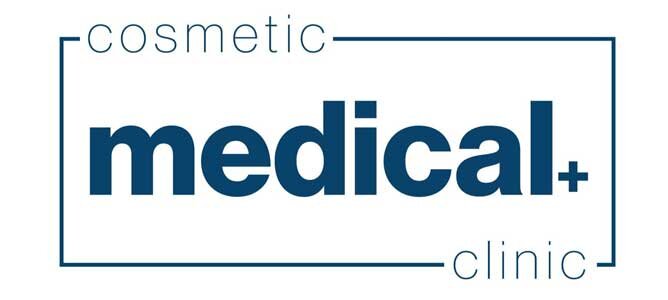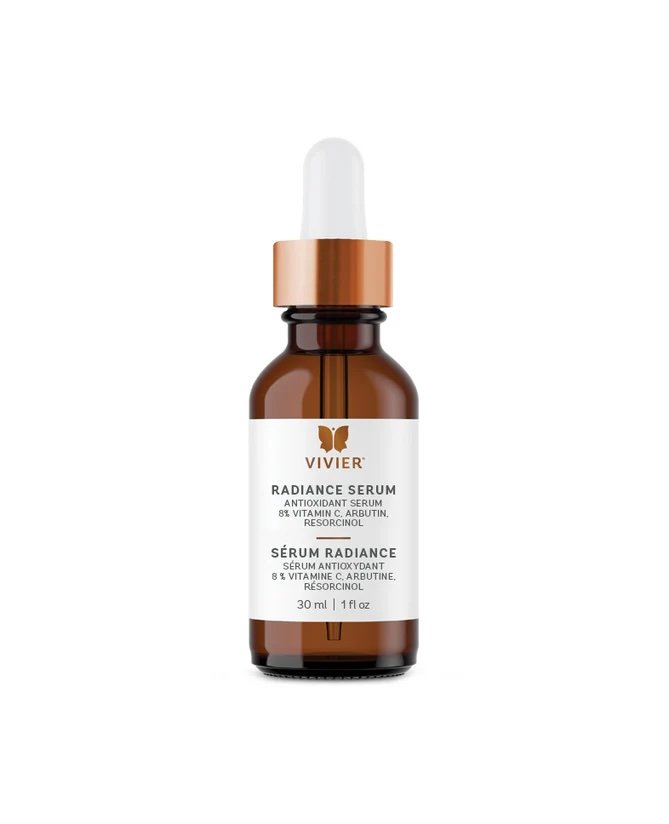The Best Ways to Reduce Dark Spots
By Vivier Skin
Has a dark spot got you feeling down about your complexion? You’re not alone. Hyperpigmentation can strike all skin tones and types and be caused by a range of factors, including unprotected sun exposure, a breakout or a big hormonal shift. Here’s how to handle the common skin condition and move towards a brighter appearance.
How to Get Rid of Hyperpigmentation
No one wants to have to deal with dark spots; however, the good news is that when it comes to getting rid of hyperpigmentation you have several options to choose from. More importantly, you will see results once you commit to a treatment to address the concern. Beyond knowing what can be most effective, understanding how dark spots or discoloration can show up in the first place will support a successful outcome.
So, what is hyperpigmentation? It’s a term that describes any discolored or darker patches of skin that develop because of excess melanin production, and can look black, brown, grey, red or pink on the skin. The cells that create the pigment for our skin, hair and eyes, are called melanocytes. When these cells are functioning normally in our skin, they contribute to an even tone. However, an overproduction of melanin can be triggered by sources that disrupt cellular functions, such as UV light exposure, oxidative pollutants and inflammation. Time is a contributing factor as well. Each cluster of excess melanin develops deep within the epidermal layer before it reaches the surface of the skin.
The best way to get rid of hyperpigmentation involves targeting melanin production to reduce a triggered response within skin, as well as brightening existing dark spots to achieve an even, radiant complexion. Along with using formulations that contain the best ingredients and considering professional treatments that can reduce the appearance of current dark spots, what helps with hyperpigmentation is being very consistent with your skin care routine. Since skin can encounter sources that lead to dark spots daily, correcting the skin condition requires patience and diligence.
Types of Hyperpigmentation
All dark spots and discoloration may look alike, but there are actually a few different types of hyperpigmentation. The most common are age spots which can appear on the face, hands, arms and shoulders. Typically showing up in people who are aged 40 and older, these flat, smooth spots of increased pigmentation are the result of cumulative sun damage. Age spots are not a cause for medical concern, however if you notice a spot that feels rough to the touch it’s best to see your doctor and have it checked out. A discolored area with a scaly texture can be a sign of skin cancer.
You may also experience post-inflammatory hyperpigmentation (PIH), which occurs after the skin is injured in some way, such as from a cut or burn. PIH is also common among those with acne. It can mottle the skin with dark spots where a blemish has appeared and remain visible long after an inflamed pore has been cleared. In this case it’s best to take a hands-off approach to your face. Picking at a pimple can further injure skin, which can intensify the resulting dark spot, as well as spread acne bacteria which leads to more blemishes…and dark spots.
The most challenging form of hyperpigmentation is melasma, which can show up as light brown, dark brown or blue-grey patches. Linked to hormonal changes, the ‘mask of pregnancy’ shows up as darkened skin on the forehead, cheeks, nose and chin is common among those who are expecting. Melasma can also be the result of sun damage and is thought to be linked to stress. In some cases, it can disappear on its own but often it requires topical care and/or clinical treatment to initially lighten the pigmented patches and then maintain a brighter complexion.
How to Treat Hyperpigmentation
The foundation for the best hyperpigmentation treatment starts at home with a skin care routine that has a focus on key ingredients known to impact dark spots and discoloration. We’ll cover what to look for in topical creams and serums in just a minute. In addition to what you can do daily, there are several professional treatments that can help fix hyperpigmentation. There are a range of in-office options offered at dermatology and esthetic skin care clinics. Some utilize non-surgical devices and tools to impact the skin and others are more of a facial-like experience. On the hi-tech and more costly end, intense pulsed light therapy (IPL) uses light energy to break up excess melanin. You might also be a candidate for ablative resurfacing laser, a trusted gadget that removes dark spots from the upper layers of the skin. A less invasive, more affordable alternative is microdermabrasion. It uses a handheld device that sprays tiny mineral particles to gently exfoliate and remove discoloured surface skin through a sanding effect. A tool-free option, a professional-grade chemical peel uses exfoliating acids applied to the skin to reduce the appearance of hyperpigmentation. These in-office treatments contain higher concentrations of effective ingredients than are allowed in over the counter products and can deliver quicker results. A consultation with a derm or facialist can reveal the most suitable in-office procedure for you, one that takes into account your skin condition and tone, lifestyle and budget.
Advanced Skin Lightening Serum
Corrector 2
The Best Ingredients to Look For
When your focus is on fading hyperpigmentation, you’ll want to create an effective skin care routine that uses targeted formulas to address melanin production and reduce dark spots. These three potent ingredients can help with various types of hyperpigmentation and should always be used with a daily application of broad-spectrum sunscreen with SPF 30+.
Hydroquinone
Recommended as the industry gold-standard ingredient for the treatment of moderate to severe dark spots, including melasma, hydroquinone has the power to lighten skin and can reduce the number of melanocytes. Vivier Corrector 2 and Advanced Skin Lightening serum are formulated with 2% hydroquinone plus Vitamin C, another powerhouse brightener. Intended as a 12-week topical treatment, it can be used on the face, chest, shoulders and backs of hands.
Resorcinol
If your dark spots are mild to moderate, look for a product that contains resorcinol. This ingredient brightens while also preventing the production of melanin. Vivier Radiance Serum contains a blend of resorcinol, arbutin and 8% Vitamin C. It’s a multi-purpose antioxidant serum that will even your skin tone and texture and can also be used to maintain brightening results after a laser treatment or chemical peel for hyperpigmentation.
Arbutin
To address mild pigmentation and an uneven skin tone seek out a topical treatment that contains arbutin. This ingredient can inhibit tyrosinase, an enzyme that’s linked to melanin production, and is known to be gentle. Safe for long-term maintenance, Vivier Skin Brightening Cream is made with arbutin and resorcinol to treat discolouration and mild sun damage.
Radiance Serum
Skin Brightening Cream







